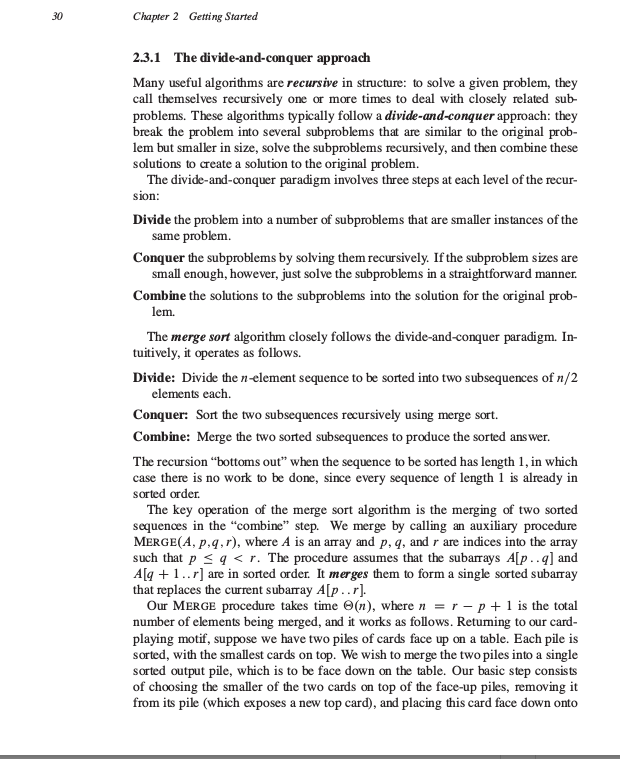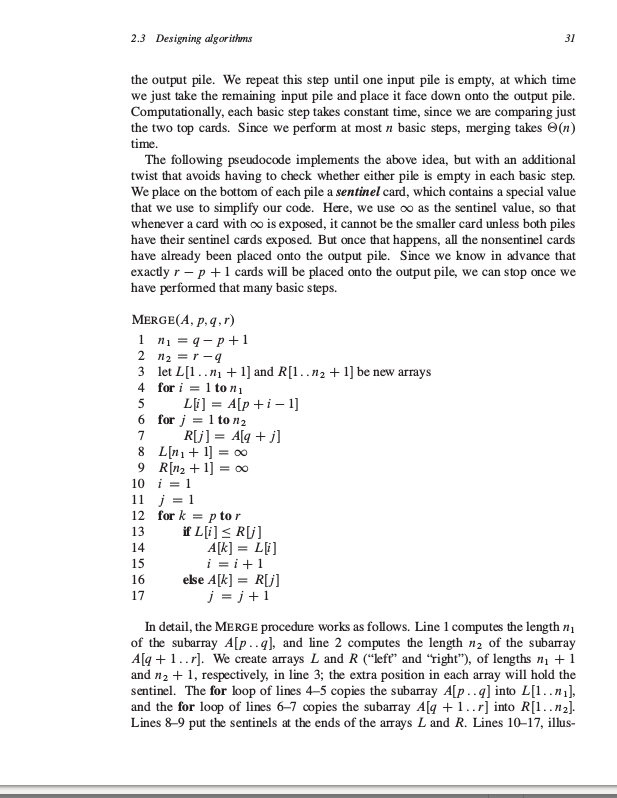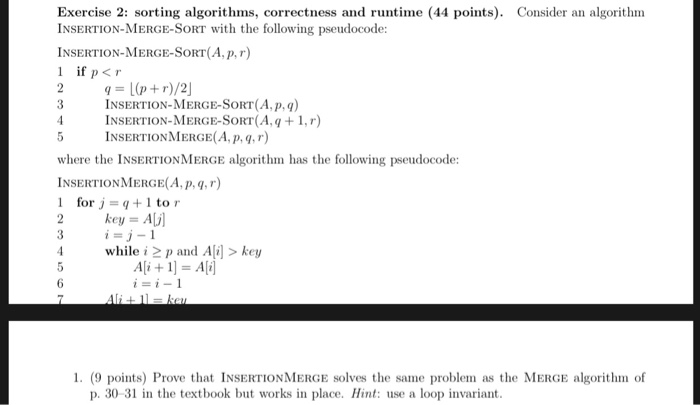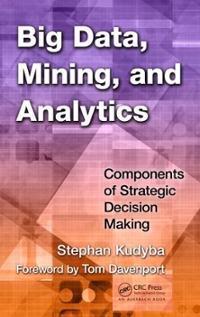Answered step by step
Verified Expert Solution
Question
1 Approved Answer
Show work for problem below using loop invariant. Requires Initialization, Maitenance, and Termination. 30 Chapter 2 Getting Started 2.3.1 The divide-and-conquer approach Many useful algorithms
 Show work for
Show work for 
problem below using loop invariant. Requires Initialization, Maitenance, and Termination.

Step by Step Solution
There are 3 Steps involved in it
Step: 1

Get Instant Access to Expert-Tailored Solutions
See step-by-step solutions with expert insights and AI powered tools for academic success
Step: 2

Step: 3

Ace Your Homework with AI
Get the answers you need in no time with our AI-driven, step-by-step assistance
Get Started


